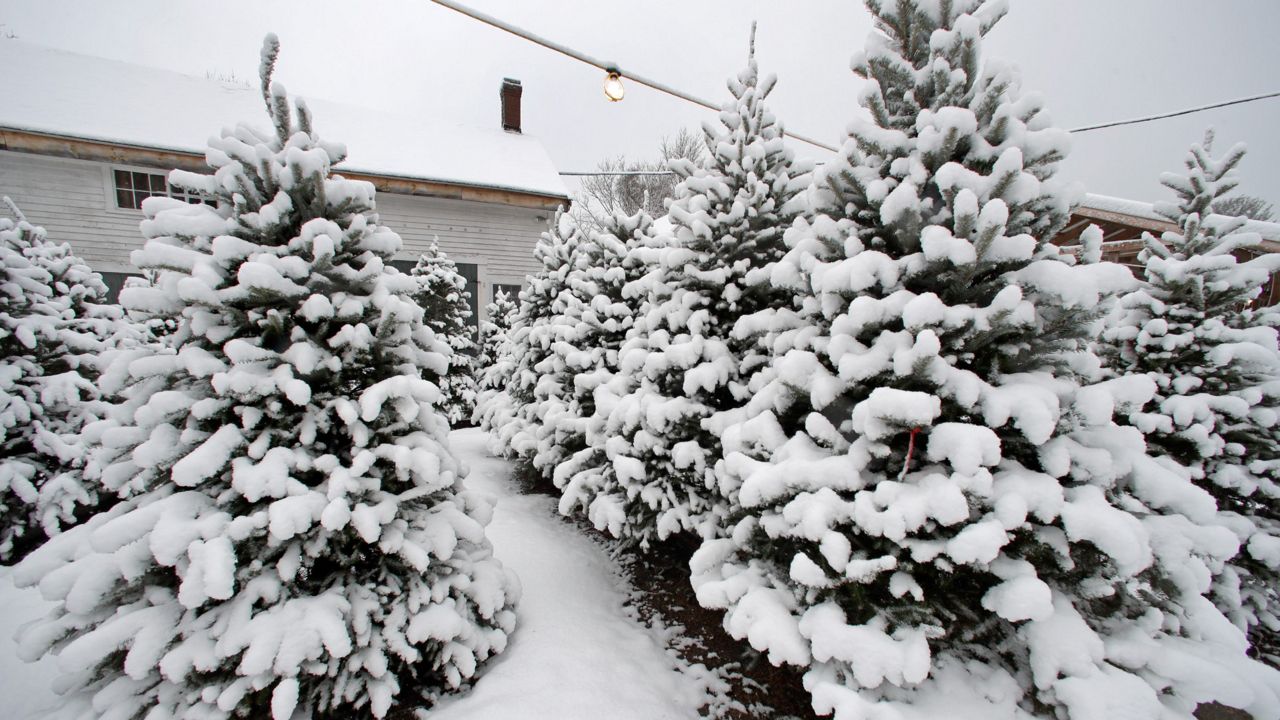During the past decade, severe storms have pummeled the Northeast during late summer, leaving the Metro-North Railroad unable to operate for up to several days and passengers looking for alternative transportation.
Danny Mucciacciaro frequently travels on Metro-North, catching it several times a week to go to New York City for his job as as an adjunct lab instructor.
He was among the many passengers that had their commute home interrupted on Sept. 1, when Hurricane Ida wrecked havoc on the underprepared region. The volume of severe rain that hit the area when the storm made its way north and caused flooding and damage that left many of the railroad’s lines unable to operate.
It forced Mucciacciaro to seek a ride home.
“Even if I could’ve come here [train station], my car wasn’t going to make it out of the rain,” explained Mucciacciaro. “So, my parents had to come pick me up from Glenwood after they had to suddenly shut down trains there.”
What You Need To Know
- Hurricanes in the last decade have caused tens of millions of dollars in damage to the Metro-North Railroad
- The Hudson Line of the Metro-North Railroad was closed for five days due to Hurricane Ida
- The Metro-North now averages 120,000 daily passengers on weekdays
On a weekday, the Metro-North Railroad transports an average of 120,000 passengers, according to the Metropolitan Transportation Authority. While that number is down due to people working from home and COVID-19-related safety measures in the workplace, Metro-North remains a transportation stronghold in the region.
Catherine Rinaldi, president of the Metro-North Railroad, said the transportation network is preparing for major storms and extreme weather in the coming years.
The frequency and severity of hurricanes worldwide is expected to increase, with experts directly linking it to climate change.
As a result, Rinaldi and a team have reallocated resources and reprioritized projects to ensure their railroads are prepared to withstand the storms.
“We are thinking very hard to fortify the system for the future,” said Rinaldi.
In response to Superstorm Sandy, the railroad in 2012 began building elevated stations to ensure they were clear of potential flooding. The previous year, Metro-North suffered “catastrophic damage” to service that required months of work to restore, according to the railroad.
Dobbs Ferry is one location along the Metro-North Hudson Line that was wiped out during Hurricane Ida. Some spots along the line were covered by up to 10 feet of mud, but this particular location fell victim to severe flooding and washouts.
“This was completely washed out because of the storm,” said Rinaldi.
All four tracks were wiped out due to excessive flooding. Two have been repaired to restart operations.
“If you had walked over there after the storm, there would’ve been no support underneath the tracks,” said Rinaldi.
A month after the storm hit, the station had been under construction, with contractors working 12-hour shifts seven days a week to bring the station back up to full capacity.
“This is a major north-south artery,” explained Rinaldi. “We need to keep the region moving and keep the infrastructure safe so we can do that.”










